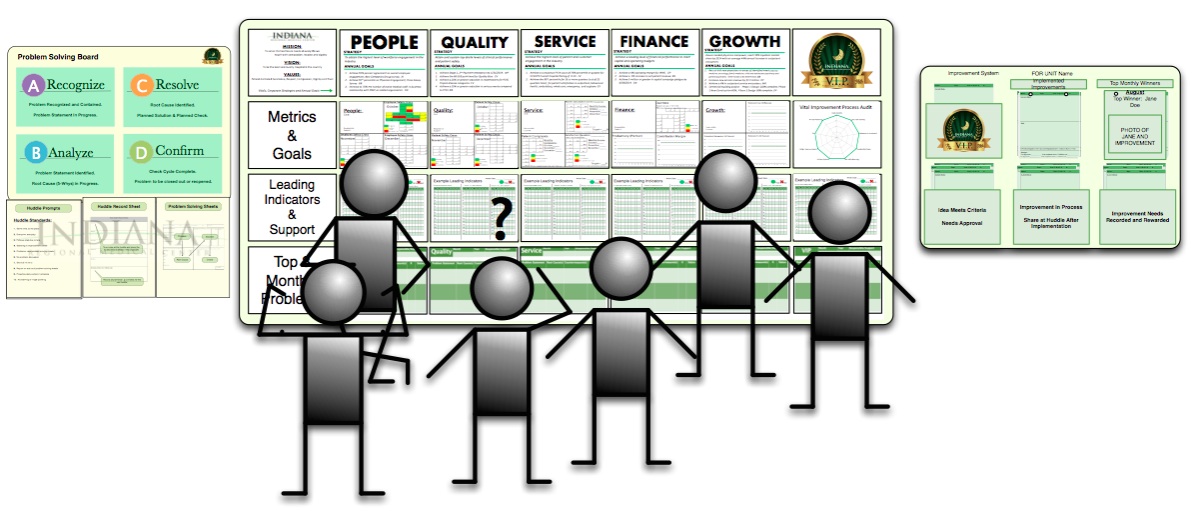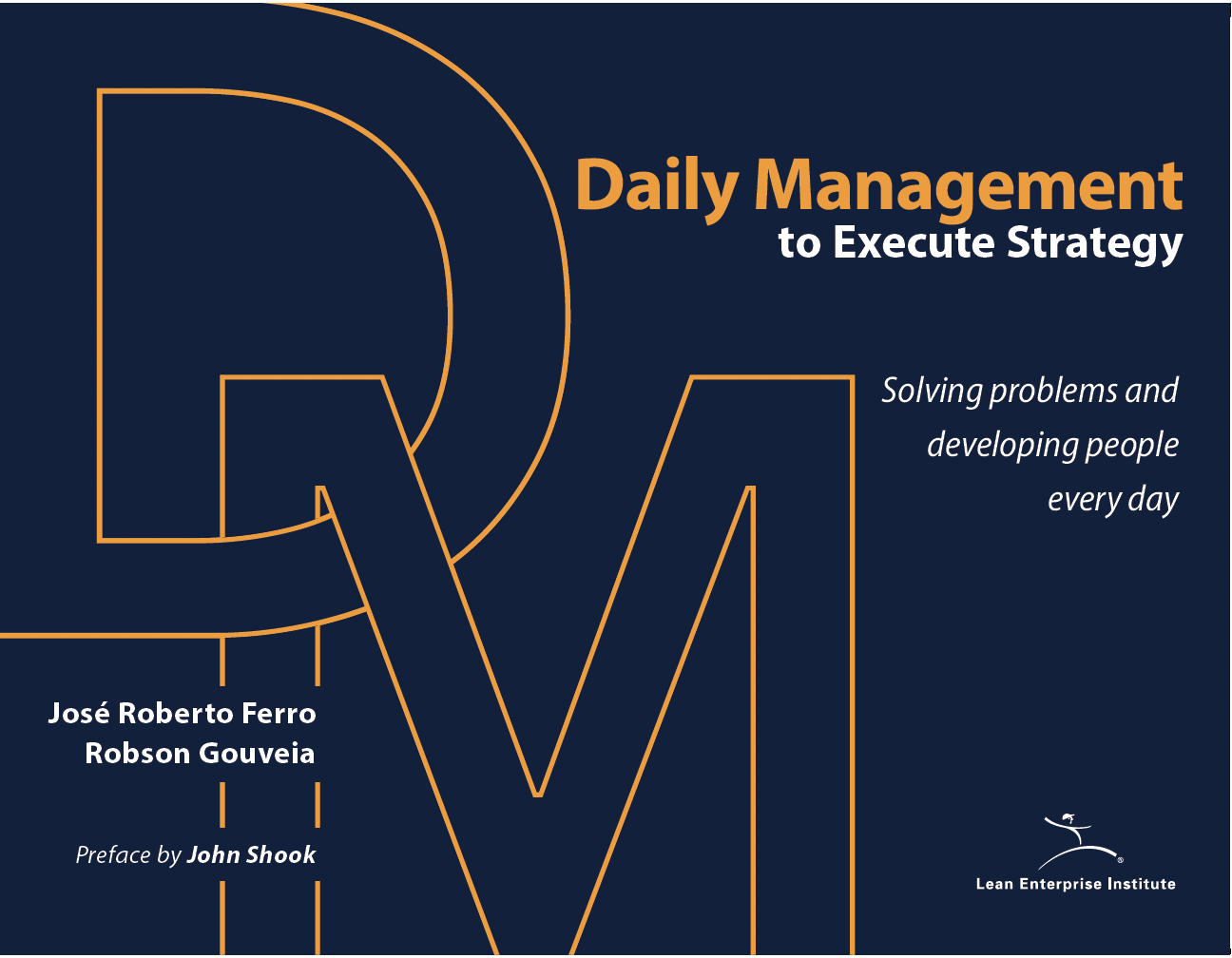When it comes to getting started with Lean, best practices have been changing, especially in healthcare. From events, projects, and A3s to focusing on the development of a lean management system, we’re discovering a new way to run and lead our healthcare organizations, or any organization for that matter. When it comes to changing things, the question is where should we start? Do I believe we should experiment with a lean management system at a model line level? Yes, without a doubt. Do I believe this is where we should start? No, absolutely not. Here’s why.
Many organizations start with a handful of traditional lean tools. They focus on value stream mapping and try to improve processes while neglecting to update leadership and management systems. Just re-read Dr. Toussaint’s story in On the Mend. An employee asked him, “How are we supposed to change when you keep managing the same way?” (p. 1207 kindle version). In her book, Beyond Heroes, Kim Barnas, describes the problem as “Every manager at ThedaCare manages his or her own way. There is no one system.” (p. 11). We’ve learned a great deal from Dr. Toussaint, Kim Barnas, and ThedaCare. Why repeat the same mistakes?
After starting our senior team huddle, I quickly gained insight into daily issues. When the Department of Health visited with five complaints, I was already informed—something uncommon. Initially met with skepticism due to past starts and stops, our operational huddle soon proved invaluable. After weeks of consistency, the operations team unanimously found it beneficial.
— Dominic Paccapaniccia, Chief Operating Officer, Indiana Regional Medical Center
Yet, as I speak with colleagues, I hear the same mistakes being repeated day in, day out as healthcare organizations continue down a pathway of an event based system with leadership championing events, but leading the same way they have led for many years. Guess what happens eventually? A courageous employee is going to speak up and say, “How are we supposed to change when you keep leading and managing the same way?”
If your organization has concluded that Lean is the way forward, be sure to grasp past mistakes and current best practices on developing a lean management system in the most efficient and effective way possible – because healthcare does not have time to repeat mistakes that can be avoided.
If we know the best way to learn is through experience, and senior leaders are expected to be teacher-coaches in this new lean management system – we need to start by having leaders change their daily experience and response to problems. It’s a very different experience to coach a lean management system than it is to participate in one as a team member. That is why I am proposing that we start with senior leadership as we strive to be lean, adapting and experimenting with our own lean management systems. They are the core team members we need place focus to create a common language and a common system they can both articulate, coach, and lead.

Here is what you and your organization can do:
- Get a coach who knows and has implemented lean management systems from the top down (internal or external).
- Start a daily leadership huddle using standardized, but flexible questions to spark problem identification. For example, were there any employee injuries/accidents yesterday? Any reported patient safety events? Any actionable patient complaints?
- Teach a simple problem solving system and have senior leaders to start problem sheets and begin the problem solving process based on problems articulated at the huddle. (You’ll need some support from the CEO with this).
- Establish a balanced scoreboard with the organization’s most important metrics in a balanced way such as employee safety rate; patient safety rate; overall satisfaction; operating margin; and growth metrics. Focus on the long term and highest priority metrics – not 40 measures around finance. Keep it simple!
- Establish a monthly cycle to ensure senior leaders are selecting and helping to solve problems to drive the top metrics, again coaching the problem solving system. Make sure problem statements are articulated clearly and are based on high priority problems (from the problem-sheets created during the daily senior leader huddle).
- Establish leading process indicators (related to high priority problems) and ensure planned countermeasures are happening and being improved. Start new problem sheets if necessary.
- Coach and learn.
Once senior leadership understands these components, next it’s time to expand into a model line, develop standard work, and cascade/align activities throughout the rest of the organization. The idea is to develop and build upon the senior leaders’ foundation for a lean management system, keeping senior leaders a step in front of the model line, and the model line at least a step in front of the rest of the organization. This is what enables senior leaders to lead. First, learn by doing, then coaching. Then you can lead the rest of the organization through a lean transformation.
Lean Management Systems
Improve Performance and Create Innovation.



